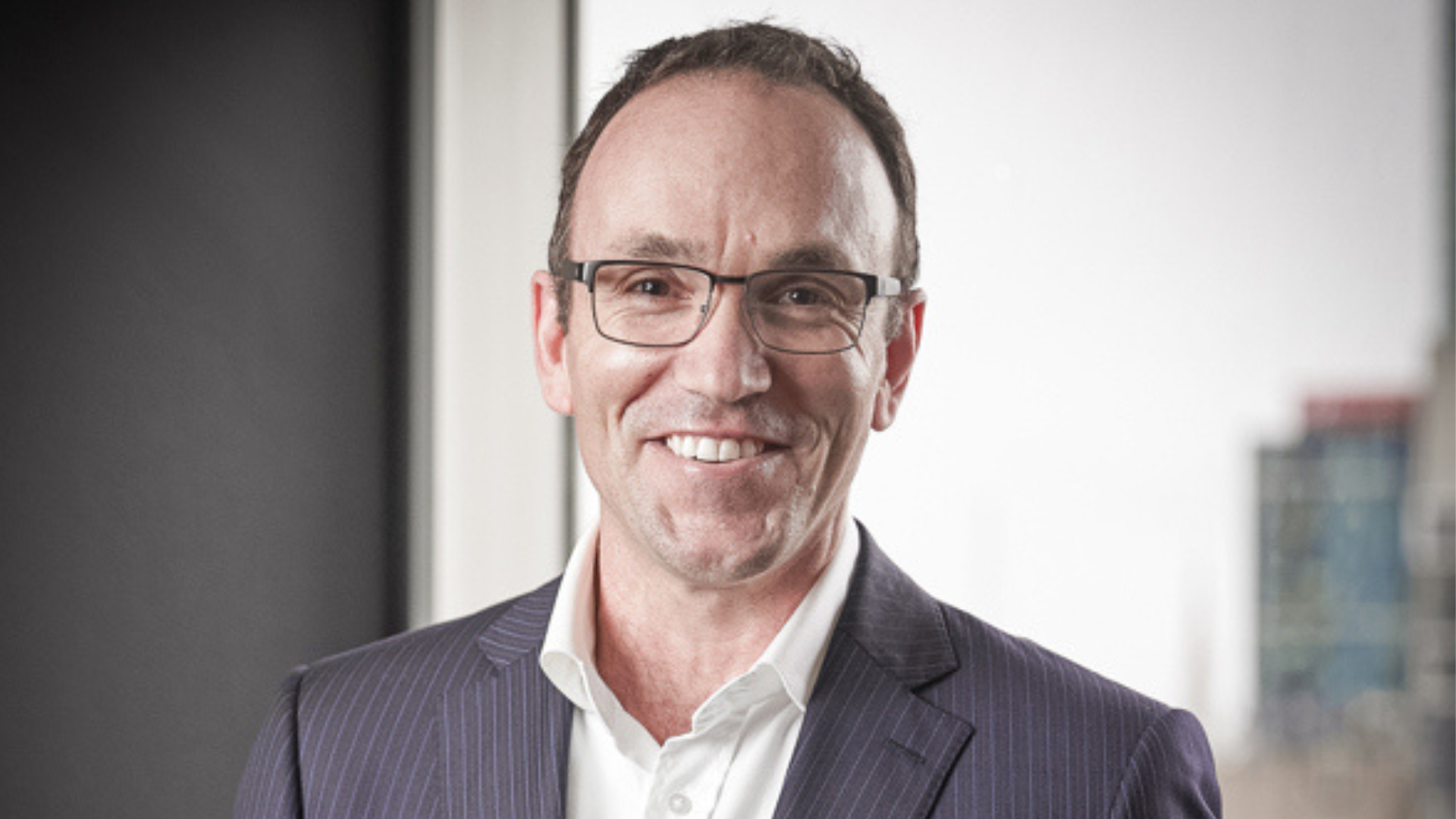Leakage: the boring bits of funds management are important
(Pictured: Jane Ambachtsheer)
It is often said that performance, in the form of investment returns, is difficult to predict, but costs are not. Yet investors continue to leave money on the table due to “friction costs”, according to a recent paper by Mercer.
The paper, “Behaving Like an Owner: Plugging Investment Chain Leakages”, splits the frictions costs – or leakages – into upstream and downstream. Upstream leakages include things like corporate M&A activity and misaligned incentive structures. Downstream leakages include the investor’s fund management fees and transaction costs. To address the issues, and make more money for members, funds need to adopt a truly long-term approach to their investment philosophy and processes.
By their nature, the upstream leakages are more difficult to quantify and, according to Mercer, potentially much larger. The paper’s authors – Jane Ambachtsheer, Richard Fuller and Divyesh Hindocha – draw from work by Paul Woolley, the former GMO fund manager who has financed research centres at two universities in Europe and UTS in Australia.
Woolley has estimated that corporate earnings could be improved by one per cent a year, on average, and investment returns by 1-1.5 per cent, while also lowering volatility, if companies were brought into line. While this leakage activity, which could presumably be labeled hubris or greed too, is out of the investor’s direct control, Mercer suggests pension funds and their managers could become more vocal with their opinions. The researchers also include regulation in the mix of upstream friction costs.
“[Upstream leakage] manifests itself in matters such as governance (board nominations), alignment (executive remuneration) and strategy (M&A) – all key areas which can drive or destroy economic value,” the paper says. “On the corporate side, however, boards and managements align their behavior with their perception of what investors want; if they see a trading mentality, that is what they will respond to. Many have the view that [asset] owners haven largely ‘absent’.
“Other actors in the investment chain also reinforce and amplify short-termism. For example, M&A activity often destroys value rather than creating it. This outcome is driven by a convergence of interests between external advisors, who derive fees from transaction activities, and executives within of misaligned remuneration structures. Asset owners could question such practices, but those questions are far less likely to be asked when the owners are effectively market traders and have absented themselves from such discussions.” The central point of all this, Mercer says, is that if asset owners acted more like real owners; if regulation focused on mitigating market failures and encouraging long-term ownership and capital allocation behaviors; if companies were empowered to resist the short-termism of quarterly earnings, material improvements in long-term value creation and preservation become real possibilities.
On the easier subject of downstream costs, the paper says there are four main assumptions made about the relationship between the asset owner and the fund manager:
> More patience in asset management relationships, with manager transitions from every five years to every seven years. Mercer’s average annual manager turnover in its core global equity universe is 15 per cent.
> A reduction in active management fees through the use of “enlightened” active management, more effect use of the managers, longer tenure and greater aggregation of assets.
> Reduction of stock turnover.
> Increased expectations in regard to stewardship activity.
In terms of practical advice, the paper says there are three implications.
> Investment management agreement need to change to provide a greater alignment of interests. Performance needs to be measured and payment made over a longer period, such as five years.
> Transparency on the part of the fund manager is needed to reinforce trust.
> Understanding and evaluating manager performance capacity as well as performance (for example: emphasize qualitative over quantitative factors, expand the quantitative factors monitored).










